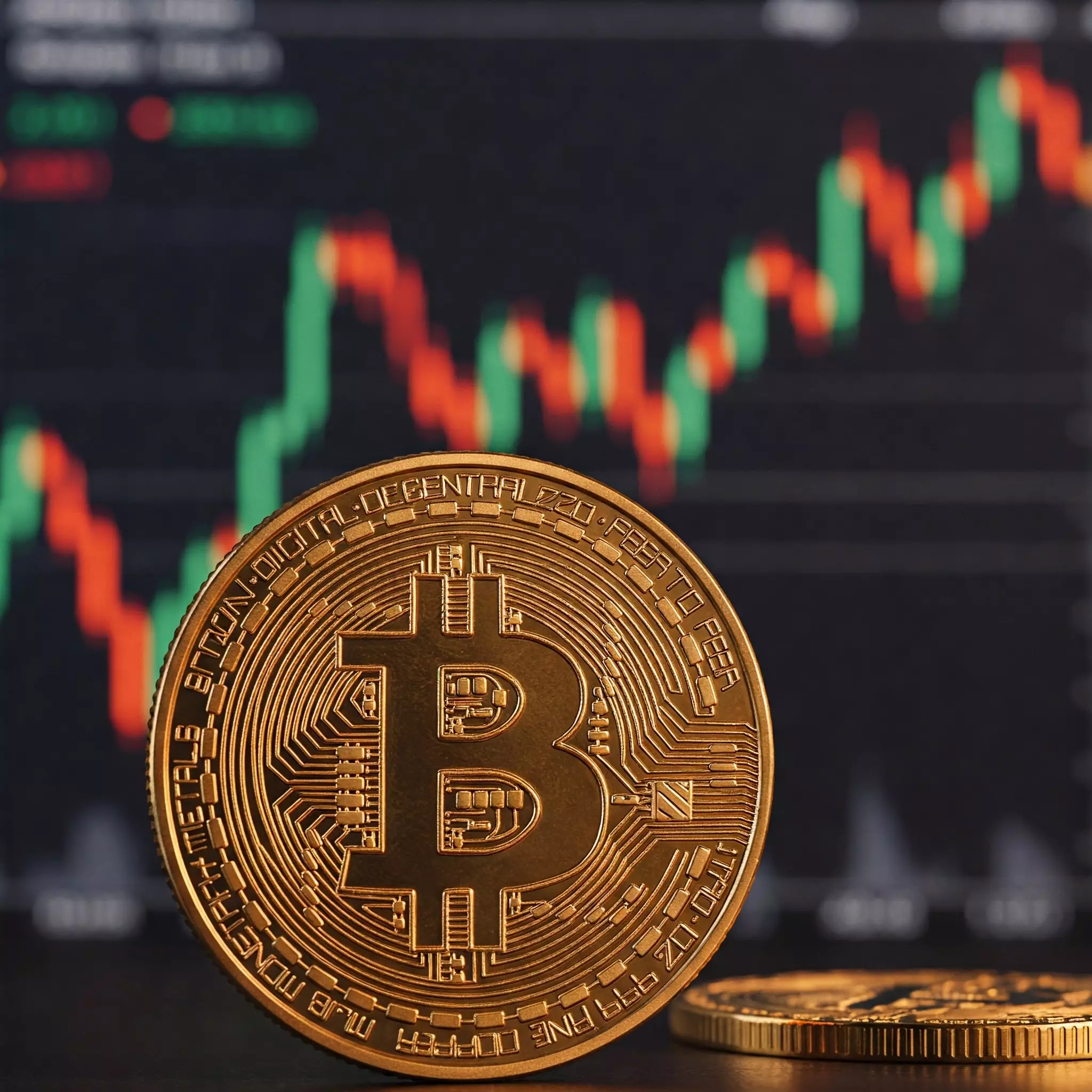In an age where political atmosphere heavily influences financial markets, the recent turbulence in the cryptocurrency sector unveils a sobering reality: Bitcoin’s bounce back following a sharp decline is indicative not just of its inherent volatility, but also of deeper socio-economic apprehensions. Following the abrupt price drop, ostensibly triggered by the U.S. President’s controversial tariff policies, investors are opting to cling to Bitcoin by a thread. This rebound demonstrates how Bitcoin serves as both a beacon of hope and a symptom of widespread unease in traditional markets. While some may laud Bitcoin as a safe haven, the truth is it mirrors the rampant instability hanging over us, ultimately raising questions about the true health of our financial systems.
Market Dynamics: Fear and Refuge
Bitcoin’s recent surge, claiming itself back to a staggering $80,000, is not merely a consequence of isolated crypto factors but rather a reaction to broader economic fears. With a market capitalization still hovering around $1.5 trillion, the allure of Bitcoin appears to be compelling enough to prompt a shift in investor sentiment. Yet, as substantial altcoins continue to struggle, one must question why there’s an apparent flight to the leading cryptocurrency. The data insinuates that as other markets crash under the weight of systemic pressures, Bitcoin’s 60% dominance indicates a retreat to a perceived fortress amid the chaos. However, this reliance runs the risk of fostering dependency on a digital asset that lacks the stability of a traditional economy.
Futures and Speculation: A Risky Game
As Bitcoin futures open interest grapples with a figure hovering around $34.5 billion, it’s clear that market participants are navigating choppy waters. The tightening grip of futures exposure—exhibiting a net decline from previous highs—demonstrates how traders are carefully reconsidering their risk tolerance. This atmosphere indicates a dynamic interplay of risk and uncertainty, exacerbated by diminishing price momentum. Nonetheless, it’s interesting to note the recent uptick in crypto-margined open interest, suggesting that despite the heightened volatility, a segment of traders is braving back into riskier endeavors. This precarious balancing act establishes a compelling narrative; we are witnessing a marketplace that thrives on speculation, but that could easily tip into disaster if prices dip further.
The Liquidation Facade: Commendable Resilience or False Security?
As Bitcoin saw itself shed about 10% in value, one could expect a storm of liquidations akin to those we experienced in previous market collapses. Surprisingly, the $58 million liquidation figure appears relatively muted, particularly when compared to the overwhelming liquidations witnessed earlier this year. Long liquidations, accounting for 73% of the total, suggest that investors were not overly leveraged prior to the market correction—a curious state of affairs in a notoriously volatile sphere. So, are we witnessing commendable resilience, or is this merely a false sense of security? The well-placed hope in a limited wave of liquidations hints at a more cautious investor base, but it also teeters on the brink of sustained downturn if excessive pessimism takes root.
Institutional Interest: A Double-Edged Sword
Despite the nail-biting volatility, new institutional investment trends reveal a burgeoning interest in Bitcoin among entities holding over 1,000 BTC. The 76 new additions signify a 4.5% rise in substantial Bitcoin holders, shining a light on a silver lining amid the doom and gloom. However, this uptick comes with caveats. Is institutional interest fostering genuine market stability, or is it simply injecting more uncertainty into an already precarious condition? As institutions embrace Bitcoin, the question remains whether they are betting on an uplifting future—or blind to the specter of their own speculative pitfalls.
It’s essential to recognize that while Bitcoin can be a tool for financial empowerment, it is also an emblem of societal dread; a reflection of the turbulent times in which we live. In that respect, trust in Bitcoin as a stable asset requires a leap of faith that might just land us in deeper despair if the structural crises plaguing global economies persist.

